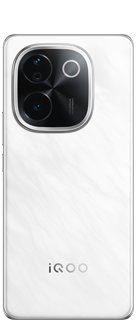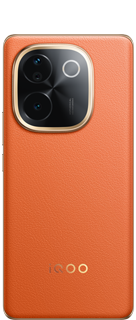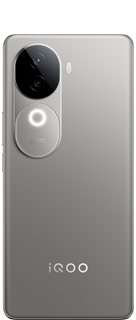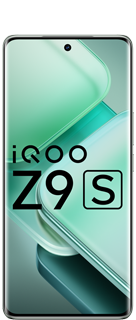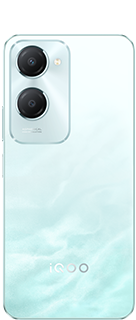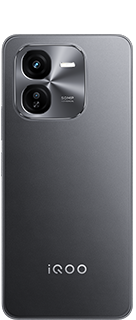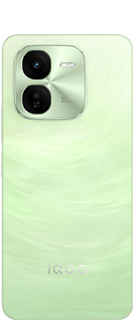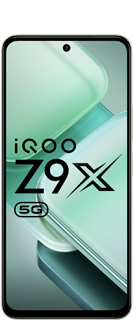Tech Series Part 7 : NASA Secret UnderWater Mission 🫢🔬🏴☠️
Hey Questers 🤗 I am Manab Today I want to share with you about Nasa Secret UnderWater Mission.NASA has been involved in several underwater missions aimed at advancing space exploration technologies and understanding Earth's aquatic environments. These initiatives often serve as analogs for space missions, providing valuable insights into the challenges of living and working in extraterrestrial settings.

Let's Explore ✍️

NEEMO (NASA Extreme Environment Mission Operations): NEEMO sends groups of astronauts, engineers, and scientists to live in Aquarius, the world's only undersea research station located 62 feet below the ocean surface near Key Largo, Florida. Missions can last up to three weeks, during which participants simulate space missions, test equipment, and conduct scientific research. The underwater environment of Aquarius provides a convincing analog for space exploration, allowing for the study of isolation, confinement, communications, telemedicine, and remote collaboration.

BRUIE (Buoyant Rover for Under-Ice Exploration): Developed by NASA's Jet Propulsion Laboratory, BRUIE is an autonomous underwater vehicle designed to explore the ice-covered oceans of icy moons like Europa and Enceladus. The rover is buoyant and uses its wheels to roll along the underside of ice, searching for signs of life and studying ice formation. BRUIE has undergone testing in Earth's polar regions, including Antarctica, to prepare for potential future missions to these distant moons.

DEPTHX (Deep Phreatic Thermal Explorer): DEPTHX is an autonomous underwater vehicle created to explore and map underwater sinkholes, such as Mexico's Cenote Zacatón. Funded by NASA, the project aims to develop technology capable of exploring the subsurface oceans of icy moons. DEPTHX was the first robotic system to implement three-dimensional simultaneous localization and mapping (SLAM) and to autonomously decide where and how to collect samples, leading to the discovery of new bacterial divisions.

IceNode Probes: In 2024, NASA engineers developed underwater robotic probes known as IceNodes to study ice melt beneath Antarctica's ice shelves caused by climate change. These probes are designed to drift with ocean currents and attach to the underside of ice shelves, recording and transmitting data to improve predictive models of future sea level changes. A prototype was tested under the Arctic's Beaufort Sea, demonstrating the technology's capability to collect data in hard-to-reach locations.

SWIM (Sensing With Independent Micro-swimmers) Robots: NASA is developing tiny robotic fish, known as SWIM bots, to explore the hidden oceans of Jupiter's moon Europa and Saturn's moon Enceladus in search of extraterrestrial life. These prototypes, measuring about 16.5 inches and weighing five pounds, are designed for autonomous underwater navigation. The final robots are expected to be approximately the size of a smartphone. They operate independently, which is crucial for missions hundreds of millions of miles from Earth. The SWIM bots were recently tested in a swimming pool at the California Institute of Technology.
Conclusion 🎯

These missions and projects highlight NASA's commitment to using underwater environments as analogs for space exploration, developing technologies for future missions to icy moons, and understanding Earth's changing climate.
Thanks @iQOO Connect
Signing Off
Follow For more threads ✍️
Please sign in
Login and share












